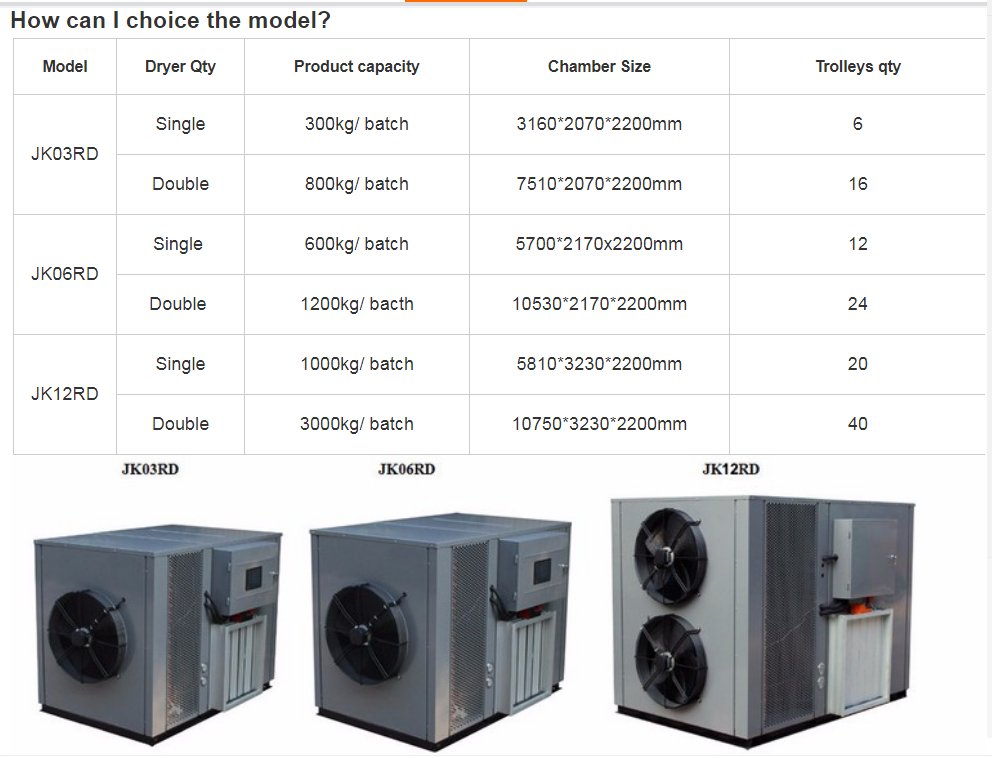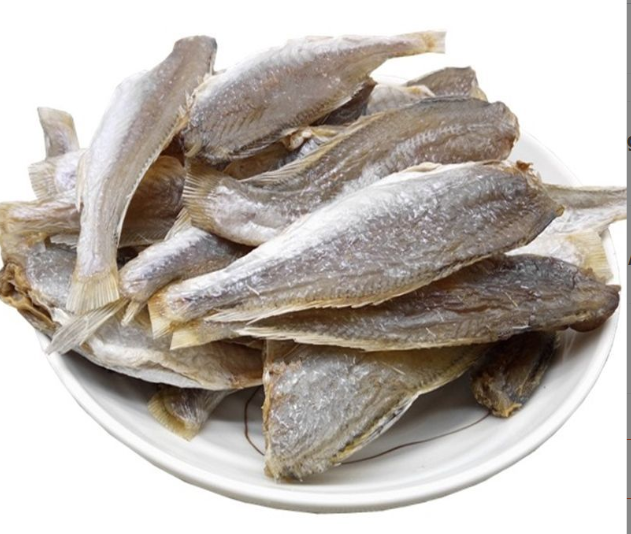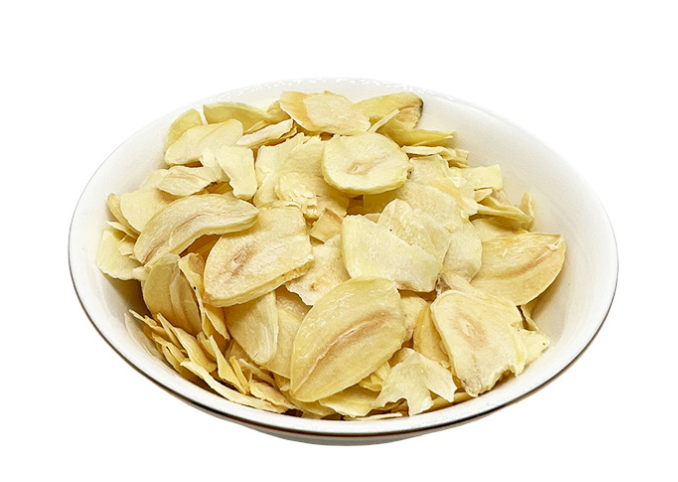Table of Contents
Efficient Fish Drying Techniques: A Guide for Commercial Wholesalers
Efficient Fish Drying Techniques: A Guide for Commercial Wholesalers Drying fish is an ancient preservation method that continues to be relevant in today’s commercial fishing industry. Among the various methods employed, fish drying stands out for its simplicity, effectiveness, and ability to preserve the nutritional value of the catch. For commercial wholesalers, investing in a reliable fish dryer is essential to ensure the quality of their product and maximize profitability. One of the key considerations for wholesalers is finding a fish dryer that offers both quality and affordability. In a competitive market, minimizing costs without compromising on performance is paramount. This is where finding a fish dryer from a reliable wholesaler at the lowest price becomes crucial. When searching for a fish dryer wholesaler, it’s important to consider factors such as the dryer’s capacity, efficiency, and durability. A dryer with a large capacity can process larger batches of fish at once, increasing productivity and reducing operational costs. Additionally, an efficient dryer will shorten drying times, allowing wholesalers to meet demand more effectively and minimize energy consumption. Durability is another critical factor to consider when selecting a fish dryer. Commercial wholesalers require equipment that can withstand the rigors of continuous use without frequent breakdowns or maintenance issues. Investing in a high-quality dryer from a reputable wholesaler ensures reliability and longevity, ultimately reducing downtime and avoiding costly repairs.
 In recent years, advancements in technology have led to the development of more efficient and cost-effective fish drying equipment. Wholesalers can now choose from a variety of drying methods, including traditional sun drying, mechanical drying, and solar-powered drying systems. Each method has its own advantages and drawbacks, depending on factors such as climate, available resources, and desired output.
Sun drying, the oldest and most traditional method of fish drying, relies on natural sunlight and airflow to remove moisture from the fish. While this method is simple and cost-effective, it is highly dependent on weather conditions and may not be suitable for all locations or seasons.
Mechanical drying, on the other hand, uses artificial heat sources such as gas or electric heaters to accelerate the drying process. This method offers greater control over temperature and humidity levels, resulting in more consistent drying outcomes. However, mechanical dryers tend to be more expensive to operate and require access to electricity or fuel.
Solar-powered drying systems represent a sustainable and environmentally friendly alternative to traditional mechanical dryers. By harnessing the power of the sun, these systems can effectively dry fish while minimizing energy costs and reducing carbon emissions. While the initial investment may be higher, solar-powered dryers offer long-term savings and can be particularly advantageous in off-grid or remote locations.
In recent years, advancements in technology have led to the development of more efficient and cost-effective fish drying equipment. Wholesalers can now choose from a variety of drying methods, including traditional sun drying, mechanical drying, and solar-powered drying systems. Each method has its own advantages and drawbacks, depending on factors such as climate, available resources, and desired output.
Sun drying, the oldest and most traditional method of fish drying, relies on natural sunlight and airflow to remove moisture from the fish. While this method is simple and cost-effective, it is highly dependent on weather conditions and may not be suitable for all locations or seasons.
Mechanical drying, on the other hand, uses artificial heat sources such as gas or electric heaters to accelerate the drying process. This method offers greater control over temperature and humidity levels, resulting in more consistent drying outcomes. However, mechanical dryers tend to be more expensive to operate and require access to electricity or fuel.
Solar-powered drying systems represent a sustainable and environmentally friendly alternative to traditional mechanical dryers. By harnessing the power of the sun, these systems can effectively dry fish while minimizing energy costs and reducing carbon emissions. While the initial investment may be higher, solar-powered dryers offer long-term savings and can be particularly advantageous in off-grid or remote locations.
Finding the Best Deals: Tips for Sourcing Fish Dryers at the Lowest Prices
In the world of commercial fishing and food processing, efficiency and cost-effectiveness are paramount. Whether you’re a small-scale operation or a large industrial enterprise, finding the right equipment at the lowest prices can significantly impact your bottom line. Among the essential tools in this realm is the fish dryer—a crucial component for preserving fish and seafood products. Sourcing fish dryers at the lowest prices requires a strategic approach. With numerous suppliers and varying product specifications on the market, navigating the options can be daunting. However, by following some key tips and strategies, businesses can streamline their search and secure the best deals on fish dryers. One of the first steps in finding the lowest-priced fish dryers is conducting thorough market research. This involves exploring multiple suppliers, comparing product features, and assessing pricing structures. Online marketplaces, industry forums, and trade publications can be valuable resources for gathering information and identifying potential suppliers. Additionally, networking within the industry can provide insights into reputable wholesalers and distributors offering competitive prices. Engaging with peers, attending trade shows, and joining professional associations can facilitate connections and open doors to cost-effective sourcing opportunities. When evaluating potential suppliers, it’s essential to consider not only the upfront cost of the fish dryer but also factors such as quality, reliability, and after-sales support. Opting for the cheapest option may seem appealing initially, but investing in a durable and efficient dryer can yield long-term savings by reducing maintenance costs and downtime. Furthermore, negotiating with suppliers can often result in lower prices or favorable terms. Businesses should be prepared to leverage their purchasing power, inquire about bulk discounts, and explore flexible payment options to secure the best possible deal. Another effective strategy for finding low-priced fish dryers is to explore alternative sourcing channels. While brand-name manufacturers may offer premium products at higher prices, sourcing from lesser-known wholesalers or international suppliers can provide access to affordable yet reliable equipment.
However, when considering overseas suppliers, businesses should exercise caution and thoroughly vet potential partners to ensure product quality, compliance with safety standards, and reliable delivery. Engaging the services of reputable sourcing agents or conducting onsite inspections can mitigate risks associated with international procurement.
Moreover, keeping an eye on seasonal trends and market fluctuations can present opportunities to capitalize on discounted prices. Suppliers may offer promotions or clearance sales during off-peak periods, allowing businesses to acquire fish dryers at significantly reduced rates.
In addition to traditional purchasing models, businesses can explore leasing or rental options as a cost-effective alternative to outright ownership. Leasing arrangements often entail lower upfront costs and provide flexibility in equipment upgrades or replacements, making them an attractive option for businesses operating on a tight budget.
In conclusion, sourcing fish dryers at the lowest prices requires a combination of diligent research, strategic networking, and savvy negotiation. By leveraging industry connections, exploring alternative sourcing channels, and staying informed about market dynamics, businesses can identify cost-effective solutions that meet their operational needs without compromising on quality or reliability. With careful planning and execution, finding the best deals on fish dryers is achievable for businesses of all sizes, ultimately contributing to enhanced efficiency and profitability in the competitive seafood processing industry.
Another effective strategy for finding low-priced fish dryers is to explore alternative sourcing channels. While brand-name manufacturers may offer premium products at higher prices, sourcing from lesser-known wholesalers or international suppliers can provide access to affordable yet reliable equipment.
However, when considering overseas suppliers, businesses should exercise caution and thoroughly vet potential partners to ensure product quality, compliance with safety standards, and reliable delivery. Engaging the services of reputable sourcing agents or conducting onsite inspections can mitigate risks associated with international procurement.
Moreover, keeping an eye on seasonal trends and market fluctuations can present opportunities to capitalize on discounted prices. Suppliers may offer promotions or clearance sales during off-peak periods, allowing businesses to acquire fish dryers at significantly reduced rates.
In addition to traditional purchasing models, businesses can explore leasing or rental options as a cost-effective alternative to outright ownership. Leasing arrangements often entail lower upfront costs and provide flexibility in equipment upgrades or replacements, making them an attractive option for businesses operating on a tight budget.
In conclusion, sourcing fish dryers at the lowest prices requires a combination of diligent research, strategic networking, and savvy negotiation. By leveraging industry connections, exploring alternative sourcing channels, and staying informed about market dynamics, businesses can identify cost-effective solutions that meet their operational needs without compromising on quality or reliability. With careful planning and execution, finding the best deals on fish dryers is achievable for businesses of all sizes, ultimately contributing to enhanced efficiency and profitability in the competitive seafood processing industry.

